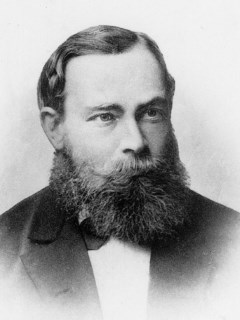
Publication details
Publisher: Springer
Place: Berlin
Year: 2017
Pages: 475-489
Series: Axiomathes
Full citation:
, "Brentano's methodology as a path through the divide", Axiomathes 27 (5), 2017, pp. 475-489.


Brentano's methodology as a path through the divide
on combining phenomenological descriptions and logical analysis
pp. 475-489
in: Axiomathes 27 (5), 2017.Abstract
In this paper, I will describe how Brentano was able to integrate descriptive philosophy and logical analysis fruitfully by pointing out Brentano's concept of philosophy as a rigorous science. First I will clarify how Brentano attempted to turn philosophy into a rigorous descriptive science by applying scientific methods to philosophical questions. After spelling out the implications of such a descriptive understanding of philosophy, I will contrast this descriptive view of philosophy with a semantic-analytic understanding of philosophy as proposed by Frege. After having thus set the stage I will argue that (1) the current separation of philosophy into the seemingly antithetical strands of (continental) phenomenology and analytic philosophy may be seen as a consequence of how the term "rigorous science' in "philosophy as a rigorous science' is interpreted: Does a rigorous science grasp its object with as much exactitude as possible? Or is a science rigorous when its theories are expressed unambiguously, and their implications are drawn with precision? In the course of this investigation I will also point out (2) how Brentano's integrative use of descriptive philosophy (a precursor to phenomenology) and analysis can provide a suitable starting point for an equally successful integration of these methods in contemporary philosophy.
Cited authors
Publication details
Publisher: Springer
Place: Berlin
Year: 2017
Pages: 475-489
Series: Axiomathes
Full citation:
, "Brentano's methodology as a path through the divide", Axiomathes 27 (5), 2017, pp. 475-489.


